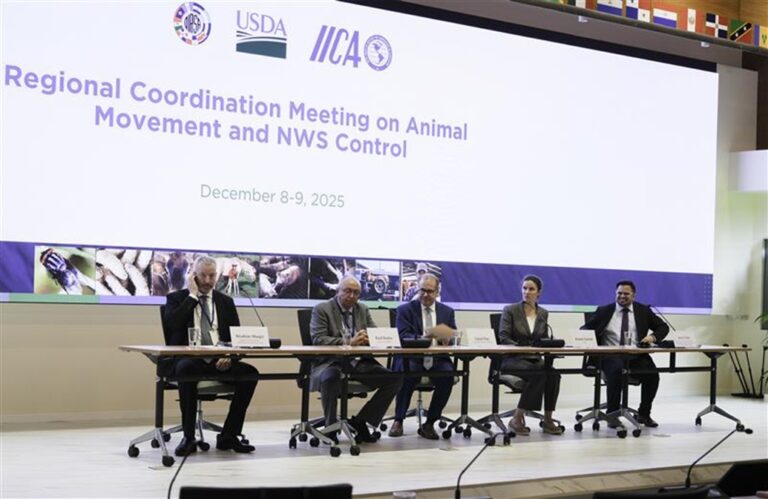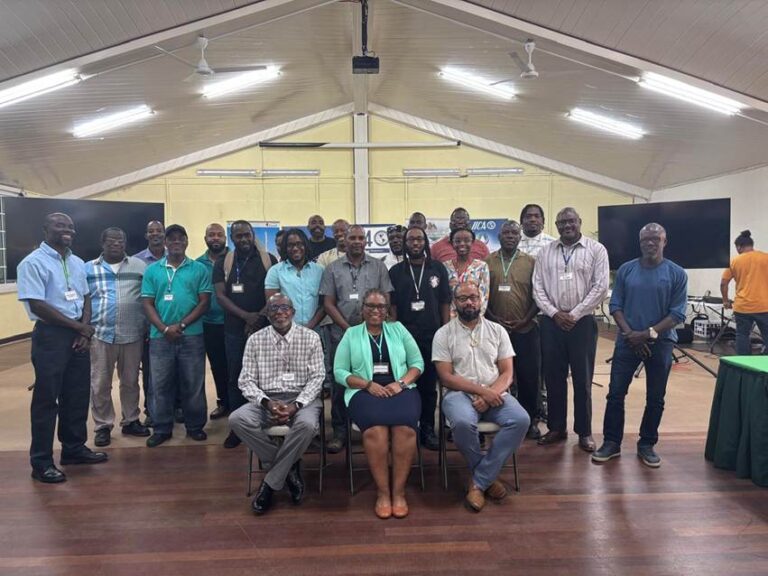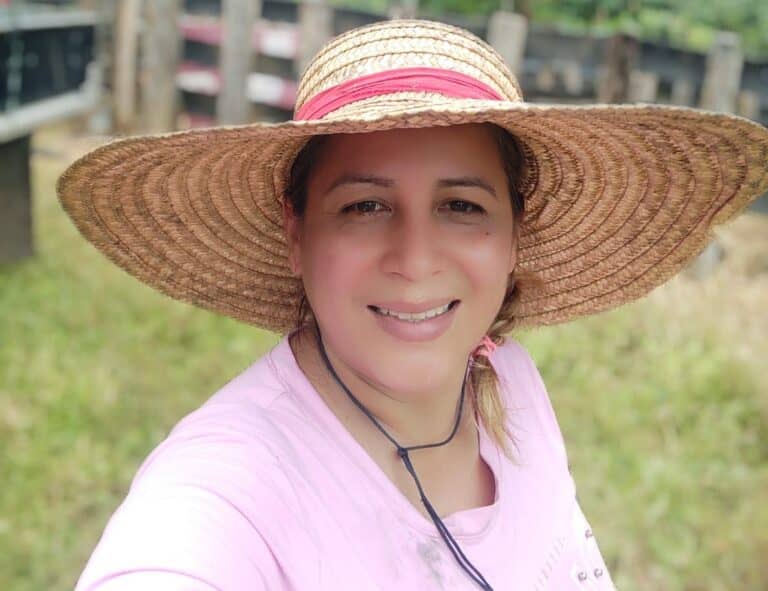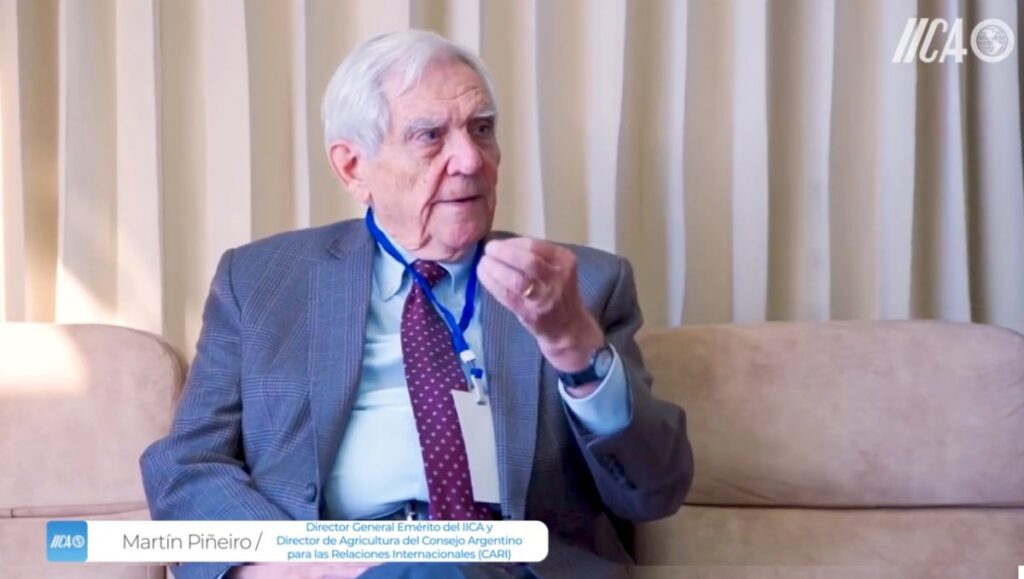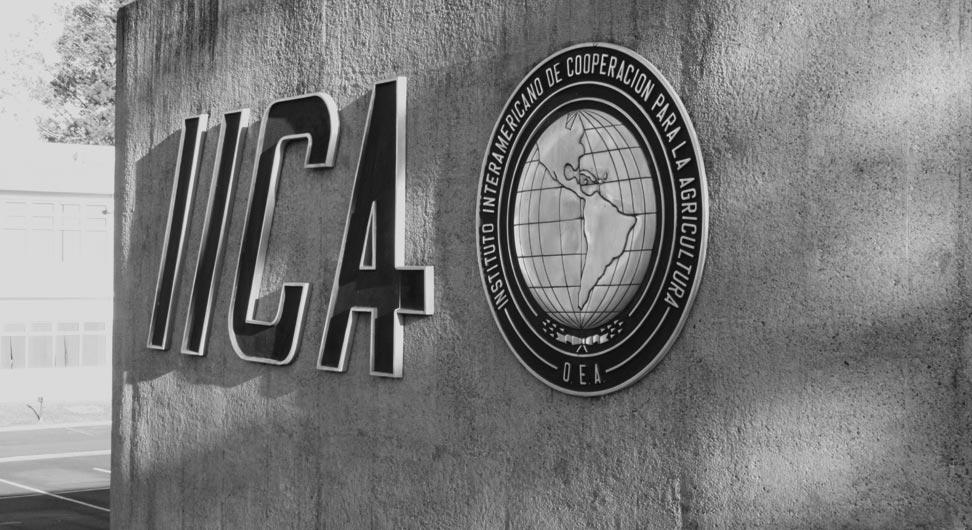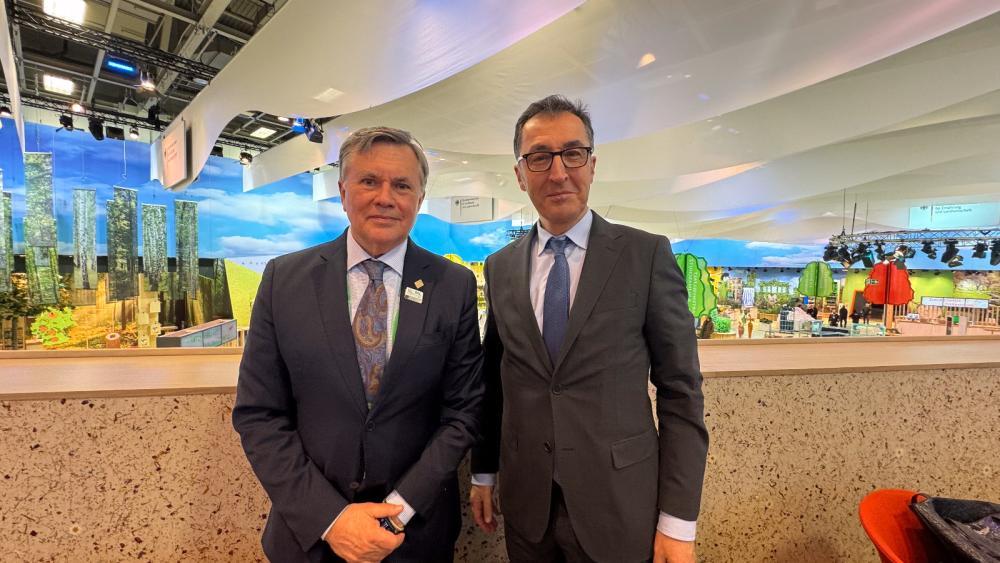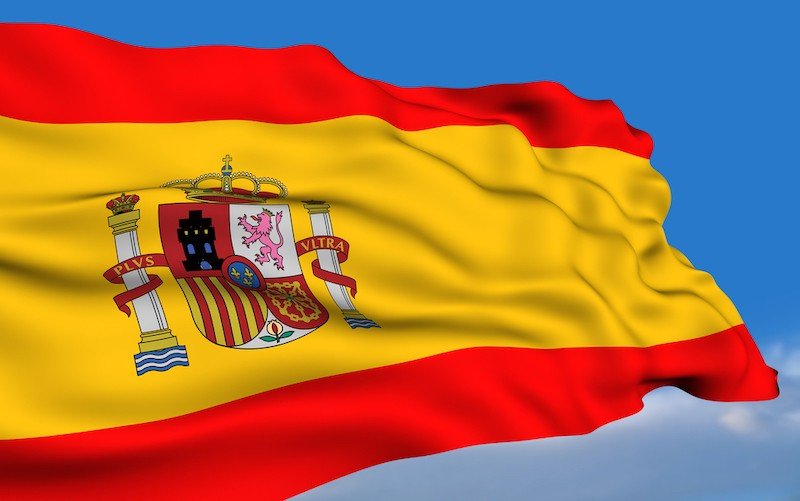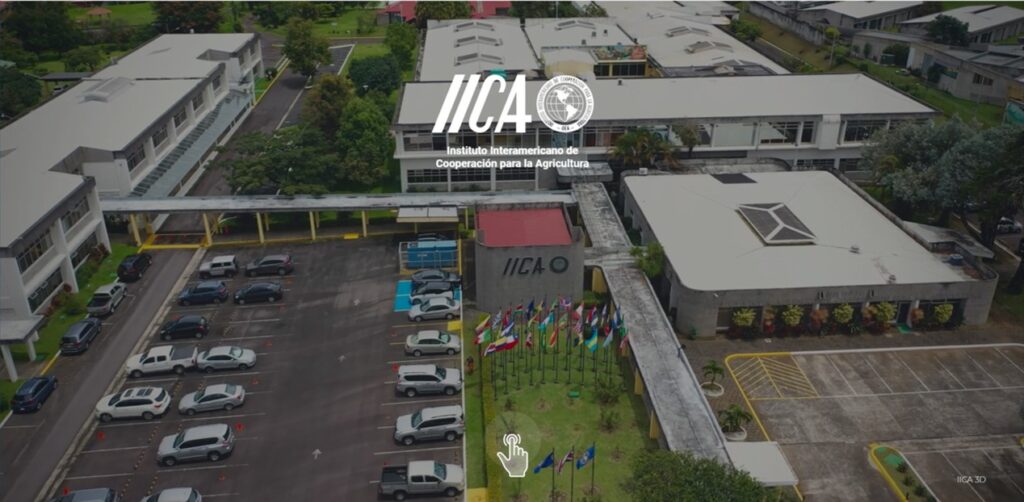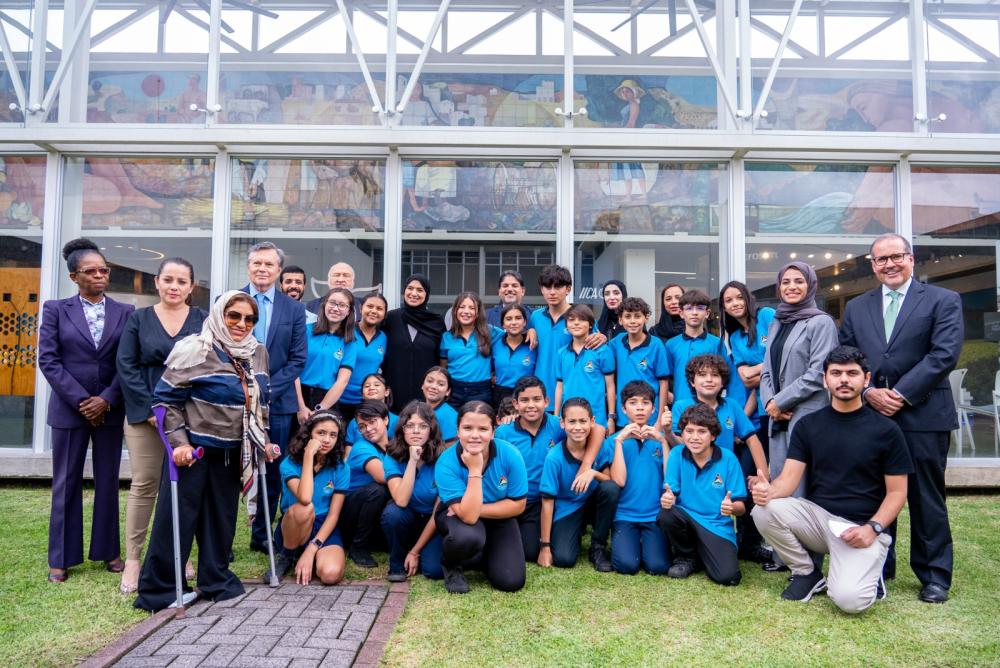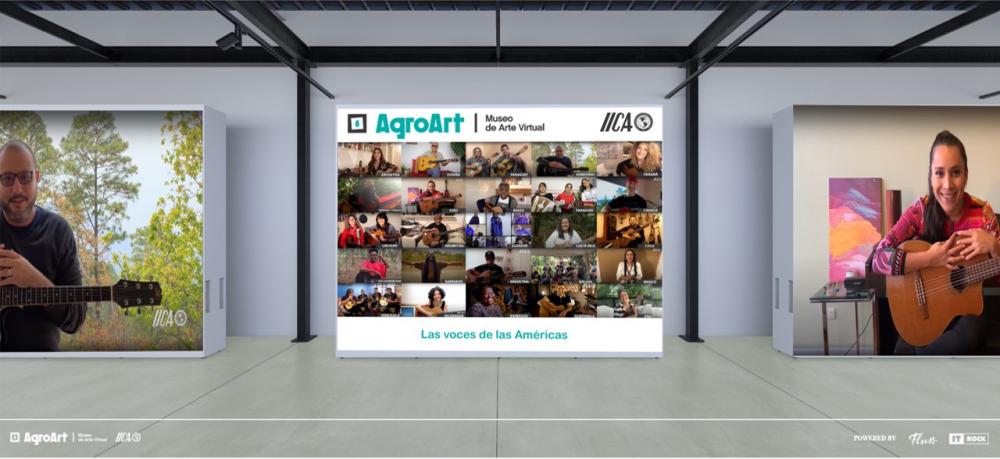

During a recent mission to Jamaica, the sweltering heat on the island was no competition for the enthusiasm and energy demonstrated by champions for increased goat production. Supported under the Ontario Rapid Response to Business Opportunities Program, the group from Canada comprised private sector interests in the small ruminant sector. The team was accompanied by IICA Canada & IICA Jamaica personnel and had a first-hand view of local goat genetics, farm facilities, personnel and available support services. Important discussions with the Ministry of Industry, Commerce, Agriculture & Fisheries (MICAF), Caribbean Agricultural Research & Development Institute (CARDI), Rural Agricultural Development Authority (RADA) and the Food & Agriculture Organization (FAO) served to provide added insights in the challenges and considerations for this key sector in Jamaica.
Available statistics underscored the need for increased local production of goats as the demand for goat meat was being met largely by imports. Additionally, the growing niche market for dairy goat products appears a lucrative business venture for “agri-preneurs”. The Canadian Sanaan goat has the potential of being dual purpose according to Canadian goat breeder, Lloyd Wicks. A top producing dairy animal with also excellent yield in meat would be able to close the supply gap as well as diversify the product line. These factors have stimulated interest of a range of stakeholders of the Jamaican small ruminant sector, in a project being developed to establish a nucleus herd with crosses between resilient local goats and the Canadian Sanaan. The IICA Delegation in Canada has been collaborating with various members of the Ontario Goat value chain over the past 5 years and anticipates that training, capacity building and business transactions are likely next steps.
For more information:
Audia Barnett
audia.barnett@iica.int

